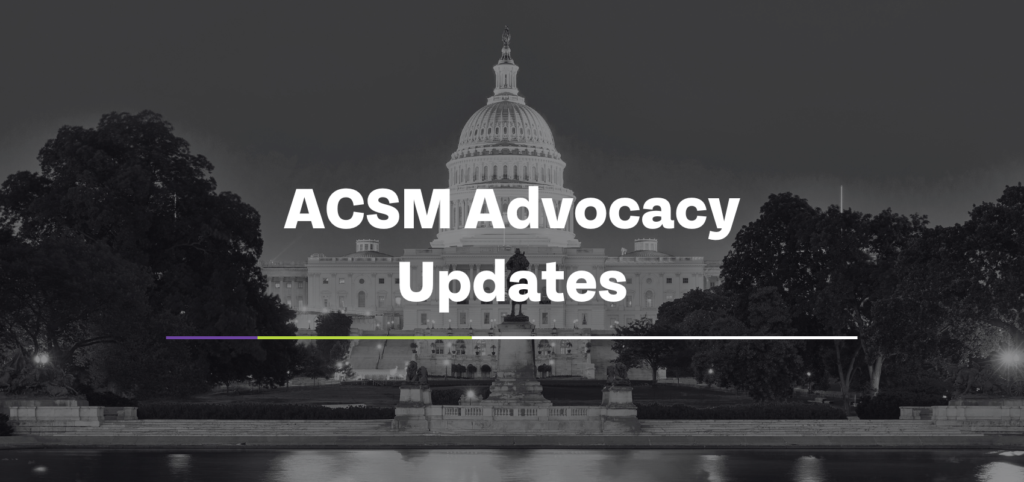AI in Publication Ethics

The future of publication ethics is likely to be significantly influenced by continued advances in artificial intelligence (AI) and the evolving landscape of the peer review process. These developments could bring both opportunities and challenges in ensuring the integrity, transparency, and quality of scientific publishing. The following are several key areas where AI and peer […]
GSSI Presented Webinar Q&A | Energy Demands and Nutrition Considerations for Adolescent Athletes

Miss the webinar? Q: When trying to assess energy requirements how does peak height & peak weight velocity effect your estimation? From our study, we found peak height velocity was not useful/effective for predicting RMR in adolescent athletes. Feel free to reference the Discussion section of the published manuscript for more info. Q: Does the one compartment […]
November Updates: ACSM’s Health & Science Policy Committee, Lobbying for Student-Athlete Safety and FIMS

Health & Science Policy Committee Making Progress The Health & Science Policy (HSP) Committee is focusing on four tactics in support of the ACSM Strategic Plan and intends to complete them by the end of the year: ACSM, NFL Coalition Lobby for Student-Athlete Safety Federal legislation is making its way through Congress that would support […]
Post-Election Health Care Landscape

On Nov. 5, 2024, former President Donald Trump was re-elected as president. While not all congressional races have been settled, Republicans have gained control of the U.S. Senate and have maintained their majority in the House of Representatives. With the Senate and House now under Republican control, a unified congressional majority will enhance President-Elect Trump’s […]
Role of the Scientific Integrity Editor

The role of a journal editor and editorial board is critical to maintaining the integrity, reliability, and ethical standards of the scientific literature that is published. To that extent, an editorial board member who has a sole focus on scientific integrity provides valuable perspective and support to the publication process. Provided below are reasons why […]
ACSM Resources to Support Publication Integrity Week

Integrity is a core value of the American College of Sports Medicine® (ACSM). As defined in the 2024-27 Strategic Plan, ACSM is guided by strong ethical principles, founded in honesty, trust, and evidence-based practices, which are objective, balanced, and responsible. This extends to ACSM publications with the six leading scholarly journals and the book portfolio with the ACSM goal to promote […]
The Perils of Plagiarism

Plagiarism, the act of presenting someone else’s work or ideas as your own, is unfortunately a pervasive concern in academic publishing. It undermines professional integrity, stifles creativity, tarnishes reputations, and threatens innovation. One of the many dangers of plagiarism is the erosion of trust. In academia, students who plagiarize risk failing assignments or even full […]
Cardiorespiratory Fitness and Platelet Reactivity

Low cardiorespiratory fitness (CRF) has long been linked to cardiovascular disease (CVD), and platelets are key mediators in atherosclerotic CVD and thrombosis. However, few prior studies have examined associations between fitness and platelets, the majority exploring platelet reactivity after acute exercise bouts and showing a transient platelet hyperreactivity phase. Studies that have looked at chronic […]
Autism Exercise Specialist Certificate Course Spotlight: Understanding Autism and Physical Activity

This blog features only a small portion of the extensive material included in ACSM’s Autism Exercise Specialist Certificate course, developed by the multidisciplinary team at Exercise Connection. Autism spectrum disorder, or ASD, represents a suite of conditions and symptoms that vary from individual to individual. But broadly, as defined in the fifth edition of the Diagnostic and […]
Exercise, Good for Your Bones?

For too long, bones were viewed merely as inert structural components of the body, and there was little appreciation for their broader biological functions and responsiveness to stimuli. Today, however, we know that bones are dynamic, biologically active tissues with the innate ability to respond and adapt to various individual and environmental stimuli. Bone tissue […]
